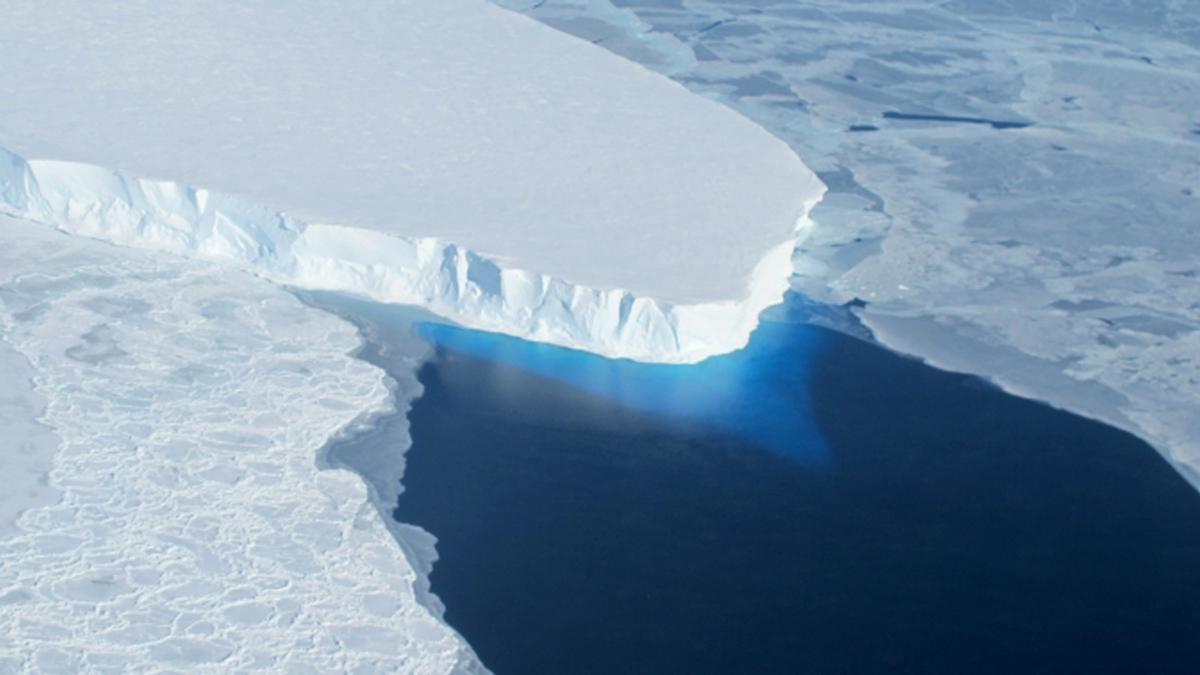
Data | Antarctic sea ice cover hits record lows on many days of 2023 Premium
The Hindu
On February 19, the extent of sea ice in Antarctica fell to the lowest level ever recorded. This is in continuation of the worrying trend where sea ice cover shrinks as global temperatures rise.
On February 19, the extent of sea ice in Antarctica fell to the lowest level ever recorded. This is in continuation of the worrying trend where sea ice cover shrinks as global temperatures rise. Sea ice melts during Antarctica’s summer, which starts around October and ends in March and then freezes again during the winter months.
Data show that in the last six years, the Antarctic sea ice cover has recorded major declines. The increased melting of sea ice leads to a rise in global sea levels, which poses a major threat to coastal cities. According to NASA, meltwater from Antarctic ice accounts for about one-third of the global average rise in sea level since 1993.
Chart 1 | The chart shows the Antarctic sea ice extent in million square kilometres
Charts appear incomplete? Click to remove AMP mode
Barring March and April, on all the other days of this year, the sea ice extent remained the lowest-ever recorded. For instance, the 8.73 million sq km of ice extent recorded on May 20 was the lowest-ever recorded on that date since 1950. On many days, the sea ice extent declined notably lower than the levels seen in 2022, the year which recorded the now second-lowest summer sea ice extent in Antarctica.
Such a drastic reduction in ice also changes the way in which water flows across the world, affecting global weather and underwater ecosystems. The Southern Ocean, according to a report by the Intergovernmental Panel on Climate Change, is important for the transfer of heat from the atmosphere to the global oceans. Scientists say that the increase in cold, fresh water from the melted ice leads to a disruption in the way hot, cold, fresh and salty water is circulated across the globe. This change in temperature and density can subsequently affect weather patterns, and alter deep water nutrient flows. Beyond the underwater nutrients, algae that feed smaller crustaceans like krill, which feed whales, seals, penguins and other birds, are found growing on the sea ice. Diminishing sea ice means that less food is available to support the Antarctic food chain.
Map 2 | The map shows the Antarctic sea ice extent as of May 21, 2023. The white-coloured portions are the sea ice extent as of May 21 and the boundary line points to the median sea ice extent between 1981 and 2010.













